Murchison Falls National Park
- | Murchison Falls National Park
Introduction of Murchison Falls National Park
Murchison Falls is a location in north-western portion of Uganda, genuinely an attribute attraction of a classical feature. Its approximate size is 3,893 square kilometers. The biggest national parks in Uganda, the park derives its name from dramatic Murchison Falls on the Nile River that plunge through a narrow gorge into a wonderful waterfall. The Park is renowned for its vast range of ecosystems, providing an ideal habitat for high-density and diverse wildlife. Historic and cultural heritages are equally vast. This paper reviews the background information in terms of history, geography, biodiversity, conversation efforts, touristic impact, and the role of local communities in stewardship at Murchison Falls National Park.
Historical Background of Murchison Falls National Park
Early Exploration
The discovery of the Nile River intertwines Murchison Falls National Park with history. A European, a British explorer called Samuel Baker, was the first to sight falls in the year 1863. He thus named the falls Murchison Falls after Sir Roderick Murchison, who at that time was serving as the president of the Royal Geographical Society. This way it underpinned the strategic and landscape value of this area by the exploration of Baker. Hence laying a foundation for its future conservation, Murchison Falls National Park.
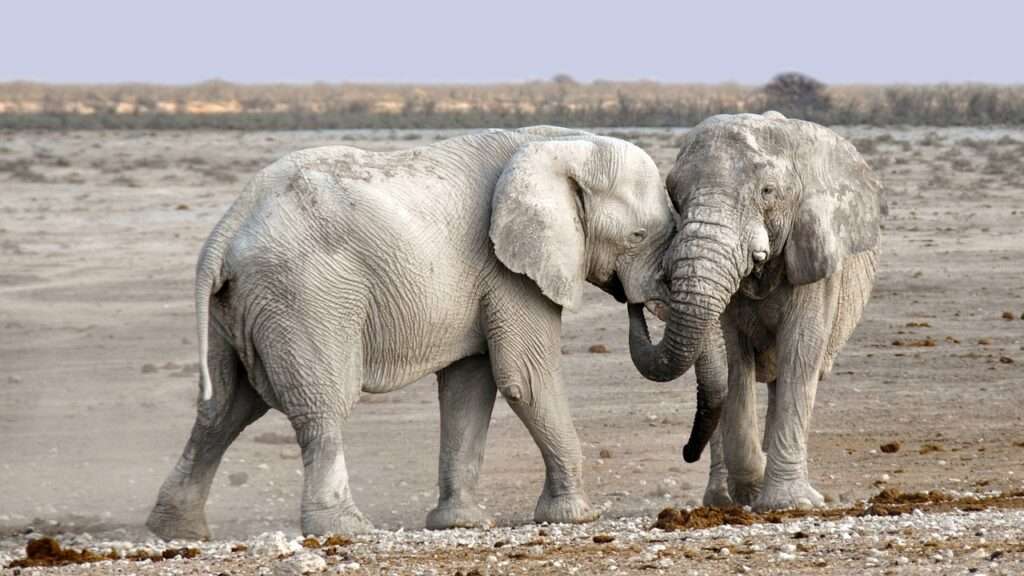
Establishment as a National Park
The area around Murchison Falls was set primarily as a game reserve in the year 1926 with a view to the conservation of abundant wildlife. In 1952,-it was elevated to the status of a national park. It became the oldest national park in Uganda. The creation of the park aimed at saving unique ecosystems, giving way to sustainable tourism. This place, now grown several decades later,-has grown into one of the big five wildlife sanctuaries in the East African region that attracts this myriad-of tourists,-researchers, and conservationists to Murchison Falls National Park.
Geographic and Ecological Significance of Murchison Falls National Park
Location and Topography
Murchison Falls National falls under the northern part of the Albertine Rift Valley. The Park covers areas of Buliisa,-Districts of Nwoya, Kiryandongo, and Masindi. The topography of the park is diversely composed of savannah plains, Riverine forests, woodlands, and wetlands. Victoria Nile River cuts through the park from East to West; this separates the northern part from the south of Murchison Falls National Park.
Murchison Falls
Of course, the crowning jewel of the whole park is Murchison Falls; it was formerly called Kabalega Falls. Here, the Nile River tapers to a squeeze through only 7 meters of the gorge before falling 43 meters into the “Devil’s Cauldron” below with such awesomely resounding thunder and rising mists that it can be seen miles away. The falls do not only provide an exciting natural feature but also a vital ecological feature that oxygenates this water of the river as well as maintain various aquatic life in Murchison Falls National Park
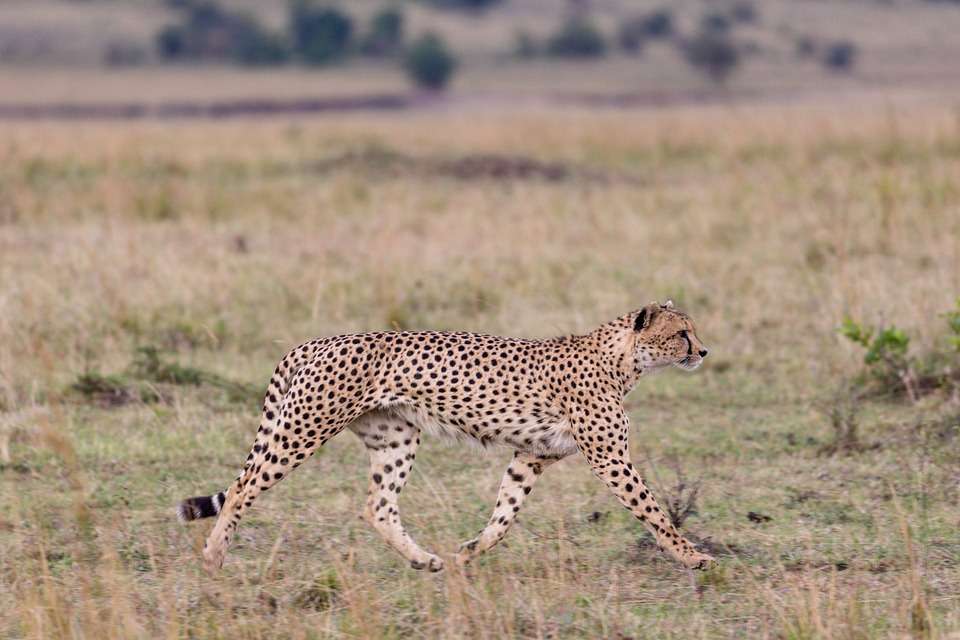
River Nile
The Nile River forms the lifeblood-of Murchison Falls National Park,-providing the much-needed water resources to the flora as well as the fauna found in the park. This helps in terms of diversity of the habitats existing within the park. It forms habitats for large populations of hippos, crocodiles and different fish species thus part of biodiversity within the park. Its existence contributes to beauty of the landscapes existing within the park while giving views and thrilling boat safaris within Murchison Falls National Park.
Biodiversity in Murchison Falls National Park
Flora of Murchison Falls
Different kinds of animals depend on different habitats in Murchison Falls National Park.
- Savannah Grasslands: Covers the most significant part of the northern area in this particular park. The savannah is characterized by tall grass, and there is an inter spacing done with Acacia trees and Borassus palms. This land is most suitably fit for savannah purposes; thus, serving as an excellent feeding ground for herbivores like buffaloes, elephants, and antelopes.
- Riverine Forests: Covering the entire length of the Nile River and all its tributaries is heavy riverine forest. Notable among these are the mahogany trees and sausage trees, just to mention a few of them. This provides lots of habitat and sources of food for a lot of animal species.
- Woodlands and Wetlands: The south of the sector contains woodlands characterized by species such as African fan palm, Borassus aethiopum, and wetland areas of high importance to birdlife and aquatic animal composed of, among other species, papyrus Cyperus papyrus and water lilies, Nymphaea spp – Murchison falls National park
Fauna of Murchison Falls
Murchison Falls occupies a haven for wild life, with over 76 recorded mammal species and in excess of 450 species of birds in fauna ranking – Murchison falls National park
- Mammals: Several Charismatic mega-flora are found in the park. Major ones include the African elephant Loxodonta africana, Rothchild’s giraffe Giraffa camelopardalis rothschildi, lion Panthera leo with another elusive leopard, Panthera pardus, notably with buffaloes Syncerus caffer, the Uganda kobs, and oribis – Murchison falls National park
- Birds: Murchison National Park has highly variable avifaunal diversity and thus attracts a good number of birdwatchers. It’s in this very park that one may get to find the rare shoebill stork and, striking arrival, an African fish eagle. All these have colourful Abyssinian ground hornbills. Having various habitats, species found living both on water, savannah, and forest are easily spotted here – Murchison falls National park
- Instruction Aquatic Life: Here, you will find the Nile crocodile, hippopotamus, and a lot of fish types, including Nile perch and tilapia.
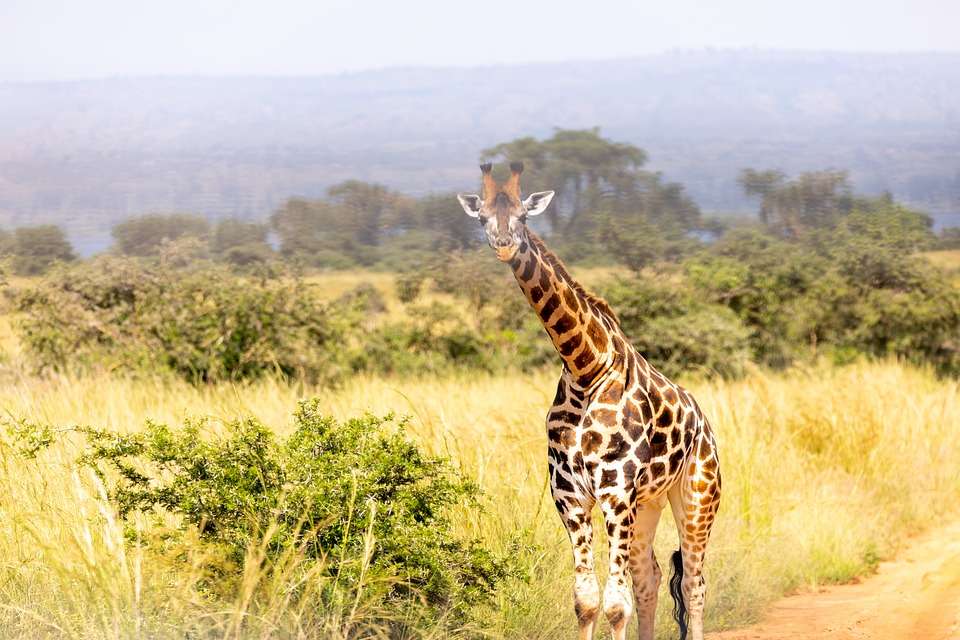
Conservation Efforts
Conservation is one of the key mandates here in Murchison Falls National Park,-with numerous activities going on in the interest of preserving the ecosystems and wildlife therein – Murchison falls National park
Anti-Poaching Measures
High pressure from poaching has been on wildlife within the park. Institutes anti-poaching units of UWA make regular patrols and surveillance instituted. This has been supported by awareness and cooperation from local communities and support from international conservation bodies. Further, modern technologies in the form of drones and camera traps have been applied to monitor the movement of wild animals and illegal activities in these habitats Murchison falls National park
Habitat Restoration
Habitat restoration projects are also carried out to maintain the balance of the park ecology. This involves tree planting more especially in degraded sites to reinstate natural vegetation that enhances habitats for wildlife. Soil erosion control and better management of land resources protect the ecosystems in the park.
Research and Monitoring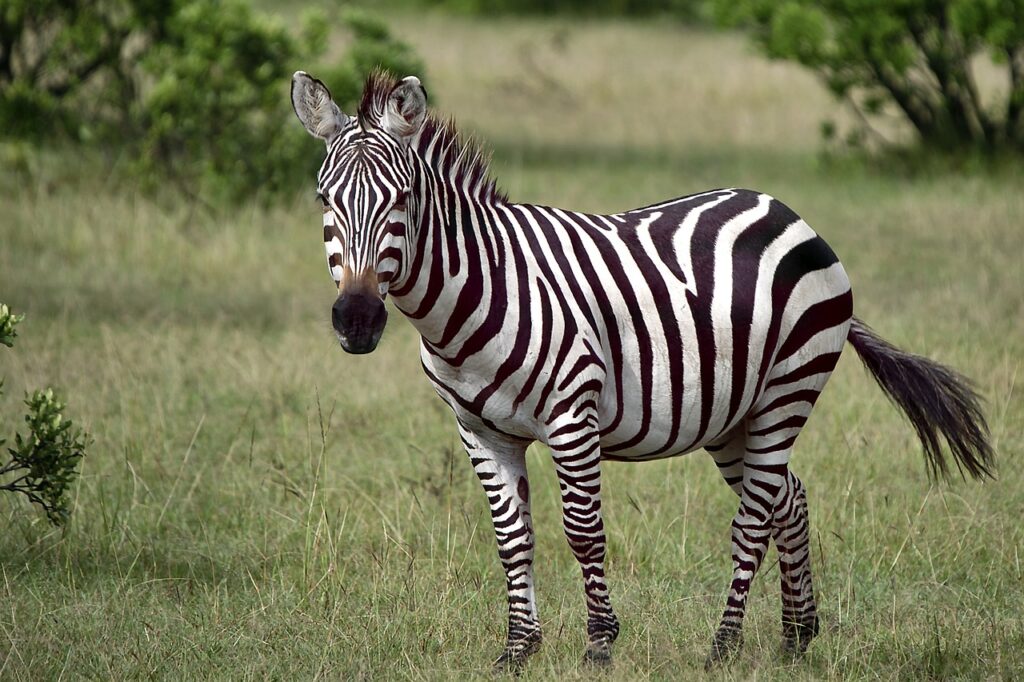
Informed research and monitoring can indeed strengthen this process in conservation management. Informed research on animal behavior, plantation ecology, and climatic changes shall form very effective studies that will yield data, thus guiding through the arrival of a decision within the strategy of conversation. This therefore creates links with universities or research institutions relevant in their peculiarity to enhance the ability of the park to respond or adapt amidst the challenge of conservation or changing conditions.
Community Engagement
This therefore calls for the involvement of local communities in the project if the park is to have any chance of long-term survival. Community-based conservation programs lower the levels of dependency on the part of the resources by promoting livelihoods that are sustainable such as bee-keeping and agroforestry. Education and outreach promote stewardship and involvement of community in activities related of conservation.
Tourism and Economic Impact
Murchison Falls National Park still remains an undisturbed virgin machine to the economy in the areas adjacent to the park. There is a perception held that everywhere there are lavish landscapes and rich wildlife heritage combined with a unique cultural experience—these are the reasons by which visitors from every nook and corner of the globe get wooed to this very magnificent park. Not only has tourism been an important source of income towards the management of the park, but as an industry, it existed and shall continue to benefit communities in terms of employment opportunities that come with its investment and infrastructural development.
Wildlife Safaris
The safaris in Murchison Falls National Park will introduce one to the wildlife of Africa, where guests will be brought close to some icons of the continent in their natural habitat. Game drive views across open savannah plains include elephants, giraffes, lions, and so much more. Because of various eco-systems, the park has a lot to offer about the safari experience since each area has completely different wildlife and sightseeing experiences.
Boat Safaris
One of the outstanding aspects about a visit to Murchison Falls is safaris on the Nile River. This takes the visitors down the riverbanks, populated by hippos and crocodiles, a great variety of birds all the way up to the edge of the falls. One has the combination of stunning scenery with accompanying sounds of the falls, which can be huge, on this boat trip to the base of Murchison Falls. Hiking/Nature Walks
This park offers several hiking and nature walk opportunities to explore these landscapes on foot. The most popular one is the trek to the top of Murchison Falls, from where one gets a panoramic-view of the falls and its surroundings. Guided nature walks through forests and-along riverbanks enlighten visitors about the flora and fauna of the park.
Cultural Tourism
Cultural tourism is another integral part of visitor experience in Murchison Falls National Park. A number of chances exist for visitors to interact with local communities and learn their customs, and guests have the opportunity to spend time participating in cultural activities in the areas surrounding the park. Community-run tourism includes cultural performances, homestays, and open craft markets that bring direct money into the pockets of locals through immediate community benefits, hence the promotion of conservation culture.

Revenue Sharing
It runs a revenue-sharing program in which part of the money collected from tourism is released back into surrounding communities. The funding supports development projects like schools, health centers, and clean water in the community. When communities realize that they have a direct benefit from tourism, they tend to participate more in conservation and the protection of the park’s resources.
Challenges and Future Prospects
Despite the successes, Murchison Falls National Park also faces some management-related challenges that require perpetual attention and innovative solutions.
Human-Wildlife Conflict
There are still human-wildlife conflicts characterizing areas surrounding Murchison Falls National Park. Cases of wildlife conflict to local communities have been there, with the case rising due to the increase in the human population and expanding agricultural activities over time. Crop raiding by elephants and other large mammals leads to economic losses for farmers and cultivates a negative attitude toward conservation. Strategies for deterrents, such as beehive fencing and chili bombs, are opposed to these conflicts, along with livelihood diversification initiatives that will make people less dependent on agriculture.
Climate Change
Climate change is a dangerous threat posed to the park’s ecosystems. Such may cause temperature and rainfall alterations, leading to mismatched plant growth, accessibility to water, and distribution of species. In that respect, monitoring and adaptive management may reduce the impacts of climate change on Murchison Falls’ biodiversity. Building of local capacity on climate adaptation and promotion of sustainable land use practice are very important in mitigating these challenges.
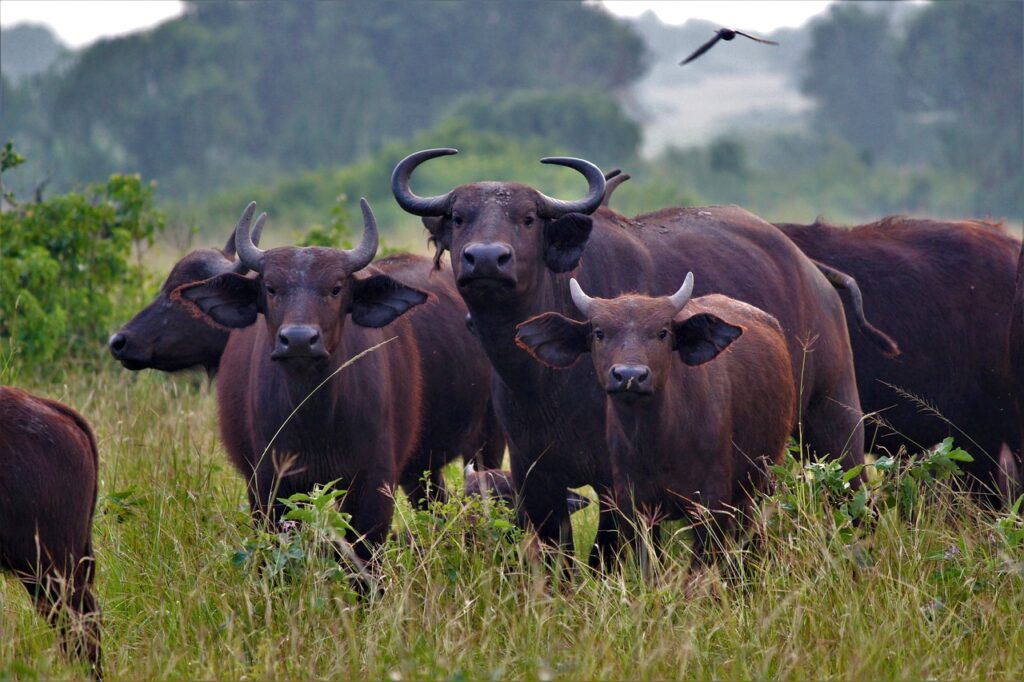
Fund and Resources
Adequate funding and resources is needed for effective management of conservation. Most activities within Murchison Falls National Park are financed through generated tourism revenue and external funding. One of the main challenges in the future will be to increase funding streams and diversify to enhance financial sustainability. Collaboration with international organizations that have the mandate for conservation, together with private sector investment, could add value to the available resources being utilized for conservation.
Invasive Species
Invasive plant species pose a threat to invade the native vegetation in the Park. Invasive species invoke a shift of habitats through outcompeting the native plants for needed resources, hence reducing the population thereby causing a decline in the rate of biodiversity of the native species. Control and eradication of invasive species remain a continuous threat to preserving the ecological integrity of the park. Active community involvement in the monitoring and management of invasive species facilitates the actual running of these programs.
Education and Research
Not only is Murchison-Falls National Park a conservation area, but also a very important education and research centre. Researchers, students, and other conservationists the world over are drawn-to the rich biodiversity within its unique ecosystems.
Facilities for Research
It has several research stations that act as a hub of scientists studying the wild life, behavior and ecology of some aspects of the park. The facilities help in conducting research on behaviors of wild life, plant diversity and conservation management. Availability of long term research studies especially that target key species like elephants and lions makes valuable scientific contributions.
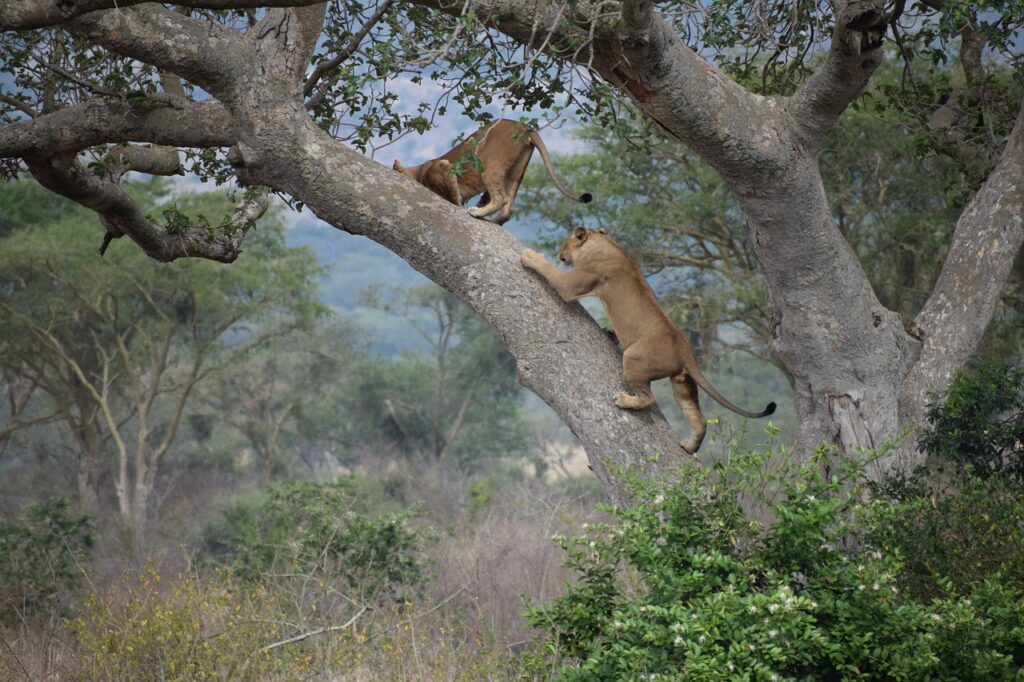
Educational Programs
These include educational programs and field courses for students and visitors; such exposure activities may involve actual encounters with wildlife tracking, surveys on vegetation, and outreach activities cum guideline provision among communities. The system in the park enlightened the participants in the program of the problems and solutions to the challenges of conservation via interaction with the ecosystems. International collaboration with this Center is possible.
International collaborations between Murchison Falls National Park and universities, research institutions, and conservation organizations reap a lot of benefits. For instance, such linkages build capacity in research through the provision of finances that foster knowledge sharing. Collaborative effort also goes into global conservation initiatives and the building of best practices.
Cultural and Historical Significance
The rich cultural heritage of Murchison Falls National Park is a home to multiple ethnic groups, including Acholi,-Alur, and Banyoro communities. These groups have a very deep attachment to their land, with a strong relevance of traditional practices towards the natural environment.
Acholi People
The Acholi are the most dominant ethnic group in Murchison Falls National Park’s northern part. They are traditionally agricultural and pastoral, depending on the fertile lands and pastures that lie around the park. They have very colorful traditional music and dance. So typical in their culture is the love for land, clearly reflected in their customs and rituals, which often have elements of nature. The Alur People
The western part of the park is occupied by the Alur people. The community practices fishing and farming along the Nile River and its tributaries. The Alur people have their identity and culture with a diverse tradition and customs. Their knowledge base on the use of the rivers and their resources is passed from one generation to another, hence long-term use of the environment without them getting depleted.
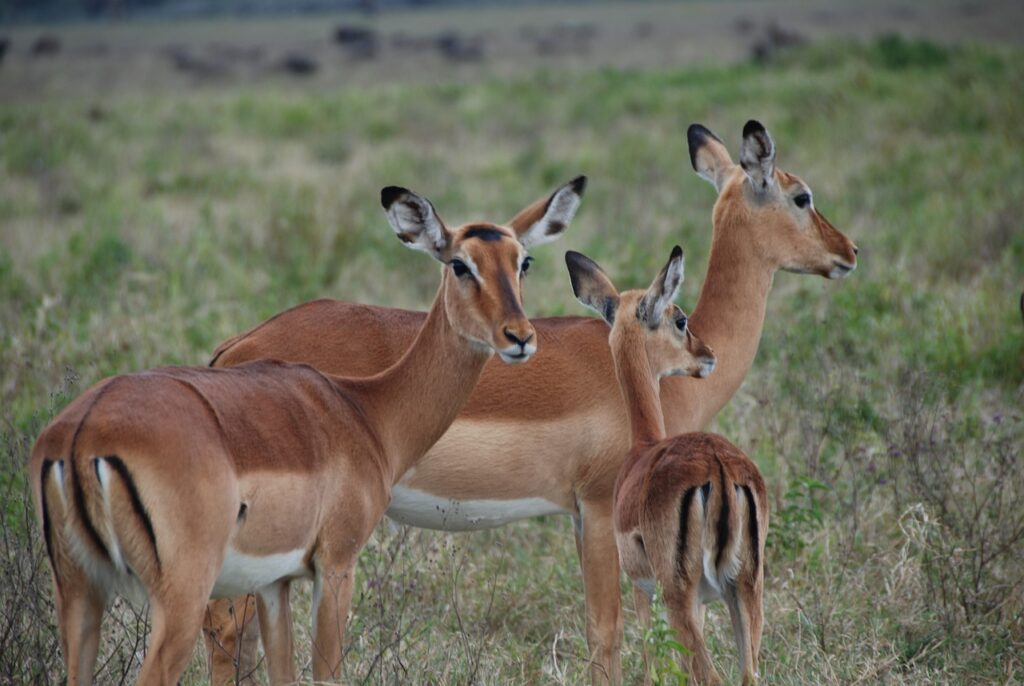
The Banyoro People
The Banyoro are the other group of people living in the south of the park, originally from the Bunyoro-Kitara Kingdom. They are traditional farmers and cattle keepers with a great deal of respect for the natural resources the park offers. The cultural practices and beliefs of the Banyoro are attached to the land and thus to the environment.
Cultural Tourism
Cultural tourism therefore becomes part of the visitor experience at Murchison Falls National Park. Exposure to local communities and an introduction to their way of life, domestic customs, and cultural activities would add to the visiting tourist’s own experience. Community-based tourism ventures, such as cultural performances, home-stays, and craft markets, do offer economic incentives to the local community and give some foretaste of preserving this culture.
Prospects for the Future
Excitingly, the future of Murchison Falls National Park belongs to more conversations, sustainable tourism, and community engagements. Human-wammal conflict, climate change, and funding nature are problems requiring creative ideas and partnerships. Improved strategies in conversation.
Research to inform conservation, monitoring, and adaptive management plays key roles in keeping biodiversity within the park. Stepping up anti-poaching efforts, restoration projects, and community-based conservation programs assumes improved resilience for relevant ecosystems of Murchison Falls.
Sustainable Tourism: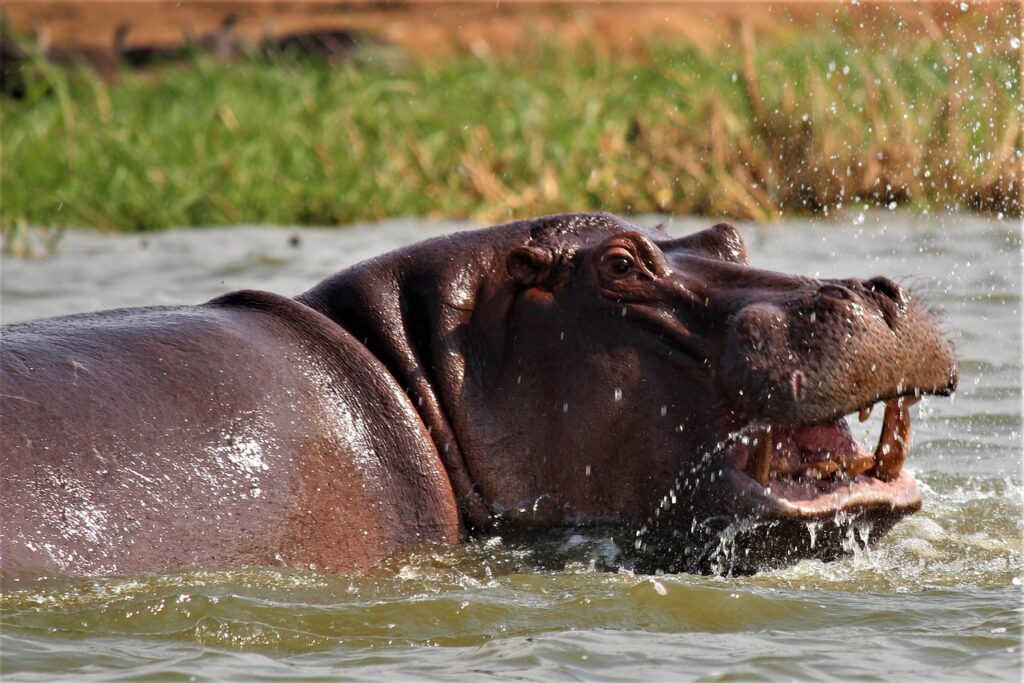
Guaranteeing that at the core of environmental sustainability and community benefits there are sustainable tourism practices is what will ensure the long-term gain of tourism within Murchison Falls National Park. Thereby, through development in eco-friendly infrastructure, diversification of tourism activities, and visitor education, a positive impact on the park and the surroundings will increase.
Building Community Partnerships
Durable place conservation depends on strong partnerships with the communities where they exist. Community empowerment through education, economic opportunities, and participation in decision making will foster an effective sense of ownership and stewardship of park resources.
Mitigating Climate Change
As such, adaptive management in Murchison Falls National Park is crucial in fighting the impact of climate change in relation to sustainable land use. Water conservation, afforestation measures, and cautious agriculture methods enhance climate resilience approaches. 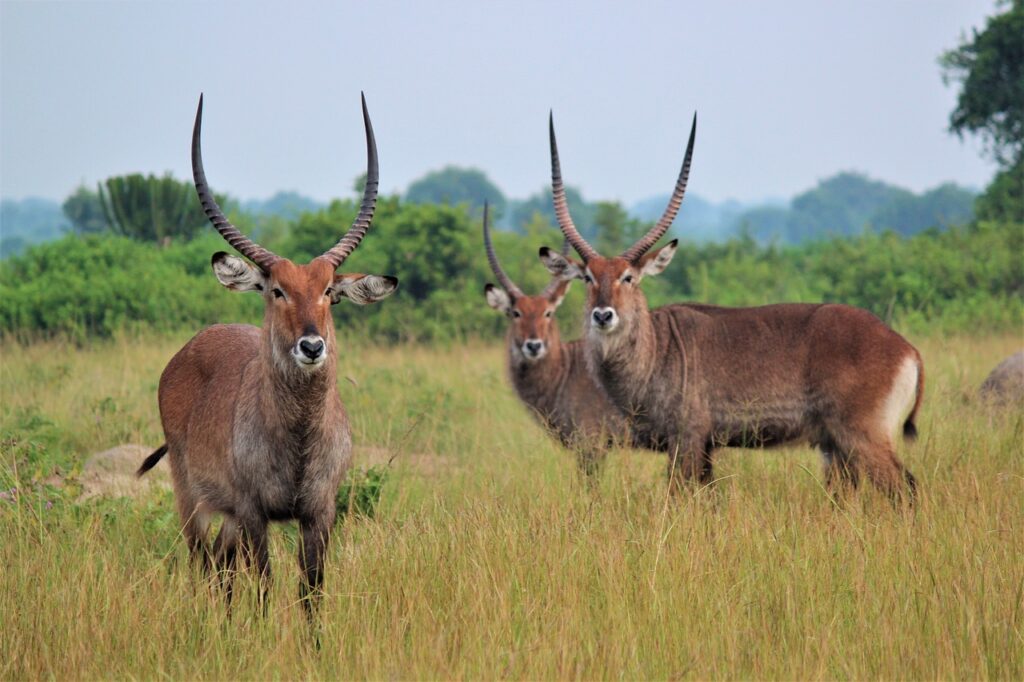
Conclusion
Murchison Falls National Park is a description of aesthetic exquisiteness as well as an epitome of the natural landscapes existing in Uganda. The dramatic sceneries and rich biodiversity not to mention an apparent holding of cultural value all over the region. The park has done quite well in maintaining its ecosystems and wildlife to date, even heavily leaning on conservation measures, community commitment, and sustainable tourism practices. The future of Murchison Falls is presented with very many challenges and opportunities.
This calls for a collaborative, dynamic working system to ensure its protection for this and future generations. High on that list is the celebration of the Murchison Falls National Park as an icon for kick-starting the commitment of Uganda toward conservation and attainment of sustainable development.

LONG UGANSA SAFARIS
- 17 Days Pearl of Africa
- 17 Days Pearl of Africa
- 9 Days Primates Safari
- 10 Days Most of Uganda
- 24 Days Best Of Uganda
- 19 Days Explore Uganda
- 8 Days Executive Gorillas
- 20 Days Discover Uganda
- 13 Days Uganda's Big Five
- 16 Days Pearl of Africa Tour
- 25 Days Gorillas and Wildlife
- 21 Days Uganda's Adventure
- 16 Days primates and culture
- 15 Days Full of Uganda Safari
- 18 Days Primates and Wildlife
- 11 Days Gorilla Trekking Safari
- 15 Days Uganda Rwanda Safari
- 11 Days Wildlife Tour in Uganda
- 25 Days Gorilla Trekking in Uganda
RELATED RWANDA SAFARIS
- 4 Days Budget Gorillas
- 8 Days Rwanda Gorillas
- 2 Days Rwanda Gorillas
- 7 Days Rwanda Gorillas
- 5 Days Rwanda Primates
- 6 Days Rwanda Primates
- 1 Day Trekking in Rwanda
- 3 Days Rwanda Gorilla Tour
- 3 Days Gorillas in Rwanda
- 6 Days Best of Rwanda Tour
- 12 Days Rwanda Safari Tour
- 8 Days Best of Rwanda Tour
- 3 Days Visit Rwanda Gorillas
- 6 Days Rwanda Gorilla Safari
- 3 Days Akagera Wildlife Safari
- 7 Days Highlights of Rwanda
- 6 Days Chimps and Nyungwe
- 3 Days Nyungwe and Akagera
- 4 Days Rwanda Primates Safari
- 5 Days Rwanda Gorilla Trekking
- 3 Days Rwanda Special Gorillas
- 7 Days Primates Tour in Rwanda
- 5 Days Golden Monkey Trekking
- 5 Days Rwanda Gorillas & wildlife
- 7 Days Rwanda Gorilla Adventure
- 4 Days Gorilla & Golden Monkeys
- 8 Days Best of Rwanda Highlights
- 4 Days Double Gorillas in Rwanda
- 3 Days Gorillas & Golden Monkeys
- 3 Days Gorilla Trekking in Rwanda
- 3 Days Akagera & Golden Monkey
- 5 Days Rwanda Gorillas and Lake Kivu
- 11 Days Rwanda & Kenya Masai Mara
- 12 Days Rwanda DR Congo & Uganda
RELATED KENYA SAFARIS
- 17 Days Kenya Safari
- 7 Days Kenya Wildlife
- 6 Days Best of Kenya
- 5 Days Amboseli & Tsavo
- 7 Days Kenya Safari Tour
- 7 Days The Best of Kenya
- 4 Days Kenya Comfort Safari
- 4 Days Tsavo East and West
- 5 Days Mara and Lake Nakuru
- 3 Days Amboseli National Park
- 5 Days Amboseli and Tsavo West
- 15 Days Uganda Kenya Tanzaniz
- 3 Days Mara Wildebeest Migration
- 5 Days Amboseli Nakuru & Masai Mara
- 6 Days Amboseli Mara & Lake Nakuru
- 6 Days Amboseli, Mara and Naivasha
TANZANIA SAFARIS
- 7 Days Big 5 Safaris
- 12 Days Tanzania Tour
- 9 Days Tanzania Tour
- 12 Days Tanzania Tours
- 6 Days Tanzania Safari
- 7 Days Tanzania Wildlife
- 3 Days Classic Serengeti
- 6 Days Tanzania Safari
- 6 Days Best Of Tanzania
- 10 Days Tanzania Safaris
- 5 Days Amazing Serengeti
- 10 Days Tanzania Tour Safari
- 8 Days Wildebeest Migration
- 11 days Tanzania Honey Moon
- 10 Days Tanzania Honey Moon
- 4 Days Wildlife Safari in Tanzania
- 4 Days Perfect Safari to Serengeti
- 4 Days Nothern Parks Budget - Tents
SHORT UGANDA SAFARIS
- 3 Days Bwindi Gorillas
- 2 Days Bwindi Gorillas
- 5 Days Gorilla Trekking
- 3 Days Gorilla Watching
- 3 Days Gorilla Trekking
- 4 Days Uganda Gorillas
- 4 Days Uganda Gorillas
- 1 Day Jinja Water Rafting
- 8 Days Executive Gorillas
- 6 Days Uganda Primates
- 2 Days Lake Mburo Safari
- 2 Days Bird Watching Tour
- 4 Days Mgahinga Primates
- 4 Days Family Tour Queen
- 4 Days Gorillas and Wildlife
- 3 Days Africa Safari Wildlife
- 4 Days Rwenzori Mountain
- 8 Days Gorillas and Wildlife
- 4 Days Birding in Murchison
- 3 Days Mburo National Park
- 3 Days Kibale National Park
- 3 Days Kidepo National Park
- 2 Days Murchison Falls Park
- 5 Days Murchison and Bwindi
- 5 Days Queen Elisabeth Park
- 4 Days Murchison Falls Park
- 5 Days Kidepo National Park
- 3 Days Murchison Falls Park
- 3 Days Queen Elisabeth Park
- 4 Days Kidepo National Park
- 4 Days Double Gorilla Trekking
- 2 Days Gorillas From Rwanda
- 6 Days Mgahinga Hiking Safari
- 3 Days Uganda Gorilla Tracking
- 6 Days Gorilla Tours in Uganda
- 5 Days Uganda Budget Gorillas
- 4 Days Chimps and Crater Lake
- 3 Days Mgahinga National Park
- 3 Days Queen Elisabeth Budget
- 6 Days Bird Watching in Uganda
- 5 Days Gorillas and Chimpanzee
- 4 Days Gorilla Trekking in Uganda
- 8 Days Uganda Safari From Kigali
- 4 Days Birding in Queen Elisabeth
- 6 Days Primates Safari in Uganda
- 8 Days Uganda Safari From Kigali
- 5 Days Gorilla Tracking in Uganda
